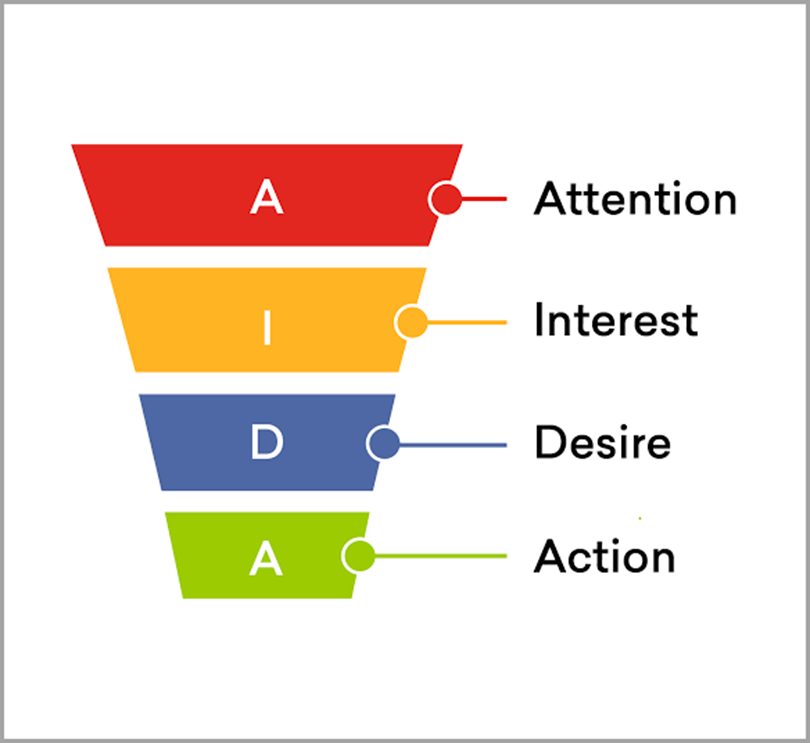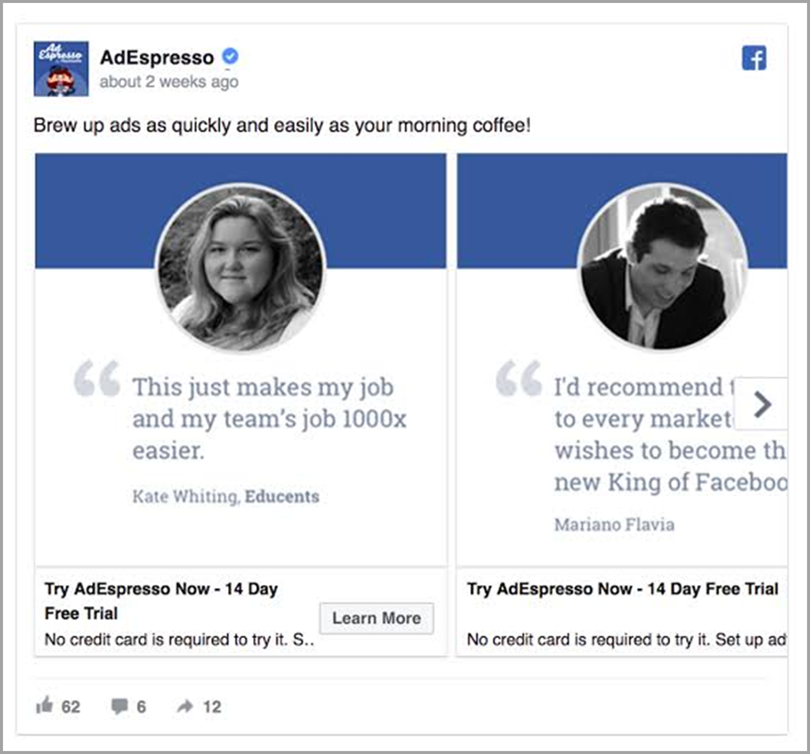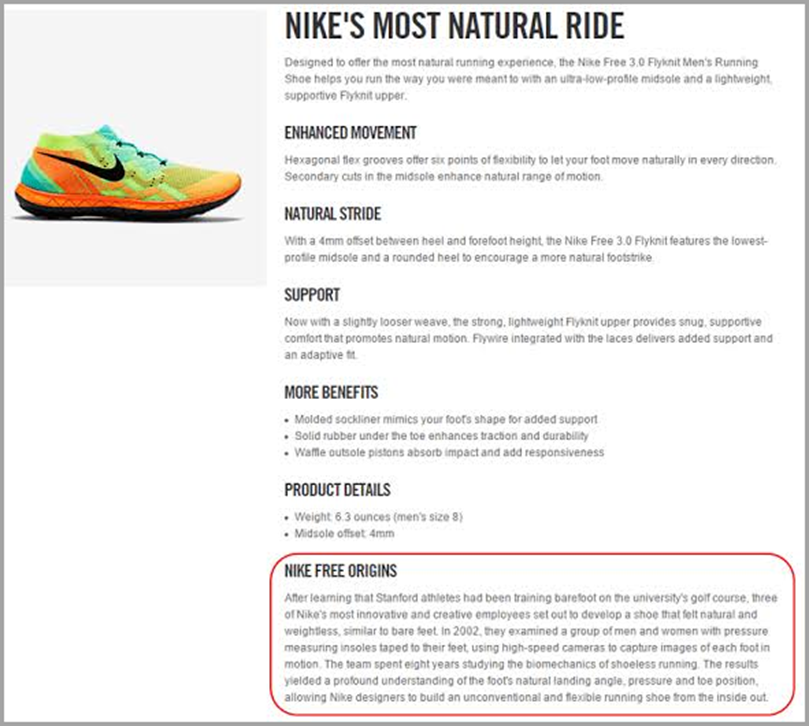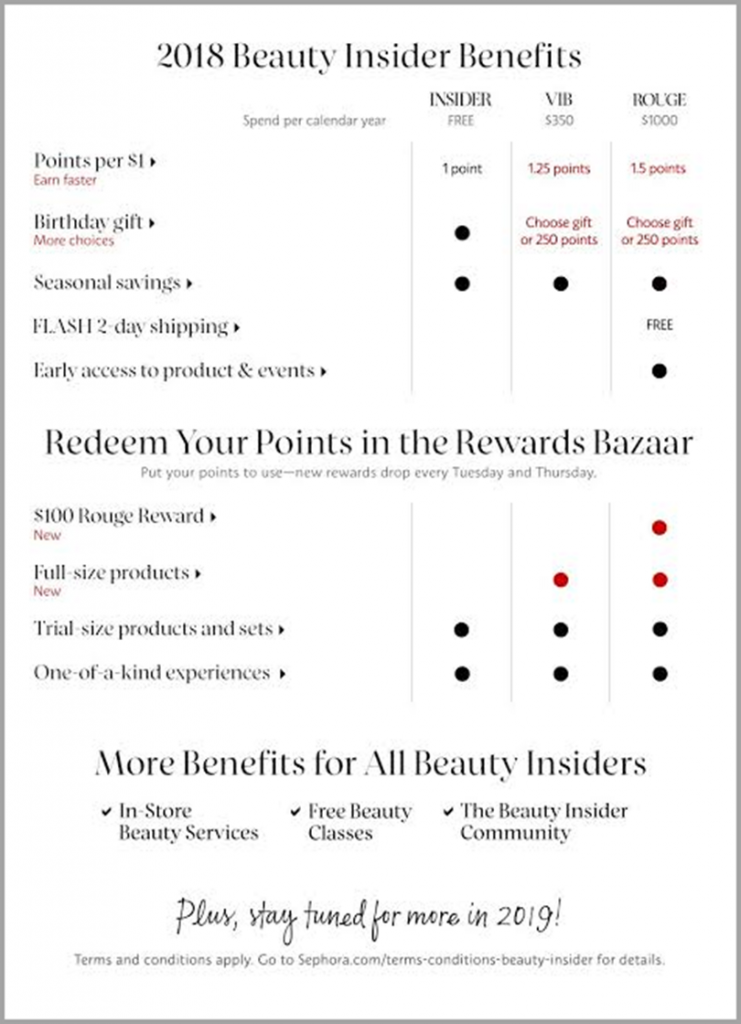
The 4-Step Process to Set Up an eCommerce Marketing Funnel. Not everyone who hears about your brand will want to purchase your products right away. Customers want to know more about your brand and what you have to offer. Before they make a purchase, they go through a whole buying journey.
To understand your customer’s buying journey, it’s important to understand the eCommerce marketing funnel.
In this article, we’ll take a look at what an eCommerce marketing funnel is and how you can leverage one to your advantage.
What is an eCommerce marketing funnel?
An eCommerce marketing funnel is designed to illustrate the route customers take while making a purchase. It follows the customer’s journey right from the time they become aware of a product to the time when they make a purchase.
It’s a concept that gives you insights into the customer’s psyche. You can also use the funnel to understand the concepts of cross-selling, upselling, subscription-based models, and customer retention.

The essence of marketing lies in knowing which phase of the marketing funnel a particular customer is in. Based on that, it’s important to send the right message.
To understand how to convince potential customers to buy your products, you need to find answers to the following questions:
- In the buyer’s cycle or the marketing funnel, which stage are they in?
- What are the major problems they face?
- How can your product solve their problem?
- Why should they choose you over your competitors?
Having a clear answer to these questions will market your product to your customers. Not just that, you’ll also know how to convince them to take the desired action.
Steps to build your own eCommerce marketing funnel
If you run an eCommerce site, you should know how to build your own marketing funnel. It can help you boost sales. Let’s take a look at what you need to do at each stage.
1. Awareness Stage
At this stage, your potential customers have a problem that they are looking to solve. You need to find them and convince them that you can solve their issues in the best possible way. For this, you need to make them aware of your services, products, and your brand.
However, some customers may already be aware of your existence. It could be through a friend’s recommendation, social media, or maybe a simple Google search.
For any eCommerce business, the ultimate goal is to draw in as many people as possible in this stage. This stage is at the top layer of the funnel.
During the awareness stage, your job is to inform and educate potential customers about your brand. Don’t try to make a hard sell. All you need to do is to give information and advice to your potential customers.
Here are some of the ways you can increase your brand awareness and reach out to a broader audience:
- Content Marketing: You can use blog posts, infographics, GIFs, videos, podcasts, and more to improve your visibility and awareness.
- Social Media Marketing: Make social media profiles on multiple platforms to reach out to as many people as possible.
- Influencer Marketing: You should collaborate with the top influencers in your niche to gain credibility along with visibility. To find the right influencers, you could use a platform like Influence.co.
- SEO: Before you create your content, invest some time in finding out what people are searching for. Based on that, optimize your content to improve your rankings on SERPs.
2. Interest Stage
During the interest stage, potential customers are already considering buying your product. They are interested in your brand’s story and products. They want to know more about how you solve a specific pain point.
Here, it is your job to make it easy for people to contact you. You can connect with them through email newsletters, ebooks, or even on social media comments.
The key is to be proactive in your approach. Don’t wait for potential customers to reach out to you. You could also offer free product samples to get them interested.
Furthermore, you could also showcase testimonials to provide some social proof on your website or even in social media ads.
As you can see in the screenshot below, AdEspresso uses this strategy for its Facebook Ads.

3. Desire Stage
During this stage, your potential customers are ready to buy a product. But they aren’t sure if your product is better than the rest of the competition. So, you need to make sure you highlight your product’s special features and what makes it stand out.
In addition to this, it’s also a good idea to give discount coupons, cashback offers, and warranties. A good deal can prompt people to make a purchase.
The product pages on your eCommerce site can also make a lot of difference in the interest and the decision stage. Your product description should answer your target customers’ most pertinent questions. Give clear instructions regarding return policy, product usage, and other important details.
For inspiration, take a look at Nike’s product page below. Not only does it highlight all the benefits clearly, but it also gives details about the kind of research that went into designing their shoes.

4. Action Stage
Some marketers refer to this stage in the marketing funnel as the retention stage. Once a customer makes a purchase, you need to make sure they enjoy the buying experience.
Only then can you win their loyalty and retain them. If you can impress your customers, they could also become your brand advocates.
Sephora’s Beauty Insider Program is a great example of this strategy. From early access to products to one-of-a-kind experiences, they have it all in their loyalty program.

Track the performance of your conversion funnel
For better insights into your customer behavior, you need to track the performance of your conversion funnel. For this, you can add UTM codes at the end of your regular URLs. They are designed in such a way that they give more information about each link to Google Analytics.
By tagging your URLs, you’ll get to know the value of your online campaigns, especially when you are trying to get more traffic to your website. You will get reports on the conversion metrics of each campaign.
Final thoughts
If you want your eCommerce business to have killer sales, you can’t ignore the marketing funnel. During each stage, you need to make sure you’re giving your potential customers relevant information to push them to the next stage of the funnel.
The key to setting up an effective eCommerce marketing funnel is to know which stage your prospects are in. Using this information, you can optimize all stages of your funnel for higher conversions.
Do you already use an eCommerce marketing funnel? Please share your experiences and insights with the community in the comments section.

0 Comments